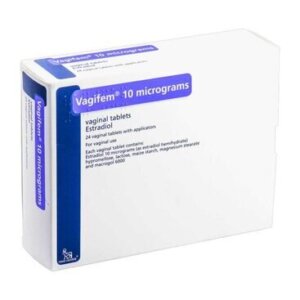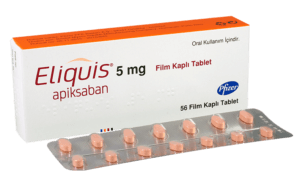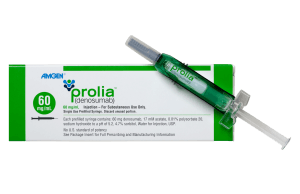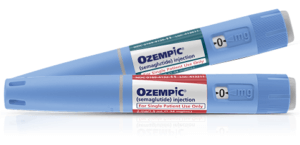
Modern asthma care focuses heavily on medications like beta agonists, such as Ventolin, and corticosteroids, such as Pulmicort, which greatly improve symptoms and quality of life. Inhaled corticosteroids and long-acting beta-agonists have proven especially effective for reducing symptoms and preventing flare-ups. Studies in recent years have helped refine treatment approaches and improve patient outcomes. This article explores how asthma management is evolving and the latest guidelines for treatment.
What is the new treatment option?
The FDA has approved the use of as-needed low-dose budesonide combined with formoterol (Symbicort) as an option for people with mild asthma. Unlike traditional rescue inhalers like Ventolin (a SABA, or short-acting beta-agonist), which only provide short-term relief by quickly relaxing the airway muscles during an asthma attack, treatments like budesonide-formoterol include a combination of a corticosteroid and a LABA (long-acting beta-agonist). This dual-action approach not only addresses immediate symptoms but also targets inflammation. This combination provides quick relief from budesonide, which opens the airways when symptoms appear, and also delivers anti-inflammatory formoterol to reduce the underlying problem. Using it as a reliever also means that people get more consistent doses of steroids over time.
What are the latest treatment guidelines for asthma?
Key updates to asthma treatment guidelines emphasize better care for mild asthma in adults and teens. Symbicort, a combination of low-dose budesonide and formoterol, is now approved for use in the US for mild asthma. Most people with asthma in these age groups are now advised to choose between two main treatments: taking a daily low-dose inhaled corticosteroid with a short-acting beta-agonist (SABA) as needed or using the low-dose budesonide and formoterol Symbicort only when needed. Regular check-ups, shared decision-making, and proper education are also critical to help patients manage the condition.
Why does mild asthma need regular management?
The majority of people with asthma in the US have a mild form of the condition, but mild asthma still accounts for a significant portion of asthma-related emergency room visits, and research shows that many of the adults who died from asthma had few or no symptoms in the prior months.
A person’s asthma management plan may be adjusted based on how well their asthma is controlled and any risk factors they may have. Beta-2 agonists, commonly used as quick-relief medications for asthma, can have side effects that patients should be aware of. Frequent or excessive use may lead to issues such as increased heart rate, jitteriness, or tremors. In some cases, patients may experience headaches or muscle cramps. Over-reliance on short-acting beta2 agonists (SABA) can also indicate poor asthma control, which may require adjusting the management plan.
What is mild asthma?
Mild asthma is diagnosed when people:
- Have symptoms less than twice a month
- Don’t wake up at night because of asthma
- Haven’t needed oral corticosteroids for a flare-up in the past year
- Have no risk factors for severe asthma attacks.
Patients with moderate or higher asthma risk include people who:
- Have symptoms twice or more per month
- Wake up at night due to asthma symptoms
- Have had a flare-up in the past year requiring oral corticosteroids
- Have a history of intensive care or mechanical ventilation due to asthma
- Have other risk factors for severe asthma attacks.
What’s the evidence behind the latest asthma treatment?
The SYGMA 1 and 2 trials studied the use of as-needed low-dose budesonide combined with formoterol for people with mild asthma.
In SYGMA 1, researchers found that using budesonide + formoterol as needed controlled asthma symptoms better than using terbutaline (Bricanyl) as needed.
In SYGMA 2, the study showed that as-needed budesonide + formoterol was just as effective as twice-daily budesonide maintenance therapy in preventing severe asthma flare-ups.
Patient involvement leads to better asthma management

Shared decision-making allows the clinician to learn what the patient knows about their asthma, their treatment goals, and how well they can manage their condition using a personalized asthma action plan. Patients, along with their families and caregivers, should be given clear information to help them manage asthma in collaboration with their healthcare providers. This should include details about their asthma diagnosis, why specific treatments are recommended, and the difference between rescue and preventer medications.
Doctors should schedule regular check-ups to monitor asthma control in their patients. If a patient’s asthma isn’t well-managed or they’ve had flare-ups, the doctor may need to adjust their treatment. This could mean switching from using just Ventolin for quick relief to a combination of a reliever and an inhaled corticosteroid such as Symbicort.
FAQs
What can trigger asthma attacks?
Some common triggers are indoor allergens like dust mites, mold, and pet hair or dander. Outdoor allergens, such as pollen and mold, can also cause issues. Stress and physical activity might trigger symptoms too, as can infections, such as colds, the flu, or COVID-19.
Can asthma go away?
Asthma is a condition that causes difficulty in breathing, but with proper treatment, it can be managed, and symptoms can be reduced. Although there is no cure yet, effective control of asthma allows individuals to live normal lives without significant issues.
What exercise is good for asthma?
People with asthma who want to stay active have plenty of good options to consider. Swimming is often recommended, as the moist air is gentler on the lungs. Walking is another excellent choice due to its low intensity and accessibility. Gentle-paced hiking provides the opportunity to stay active while enjoying fresh air. Recreational biking offers a fun, low-impact way to exercise without overexertion. Activities or sports involving short bursts of movement, such as track and field sprints, can also be suitable.
Does asthma get worse with age?
As people age, lung function may decline, and the immune system can take longer to combat infections. These changes can affect asthma, making symptoms more difficult to manage over time.
Does asthma damage your lungs?
If asthma isn’t managed well, it can cause a serious problem called airway remodeling. This happens when the lungs become damaged and scarred over time. As a result, asthma medications don’t work as effectively, and it becomes harder for air to move through the airways.
Can stress cause asthma?
Strong emotions, stress, and depression can all trigger asthma. There is also a connection between asthma, anxiety, and depression, although the effects can vary. People with anxiety or depression may have a harder time managing their asthma, leading to poorer control over symptoms.














